Home>Gardening & Outdoor>Outdoor Recreation & Activities>Who Created Bocce Ball?
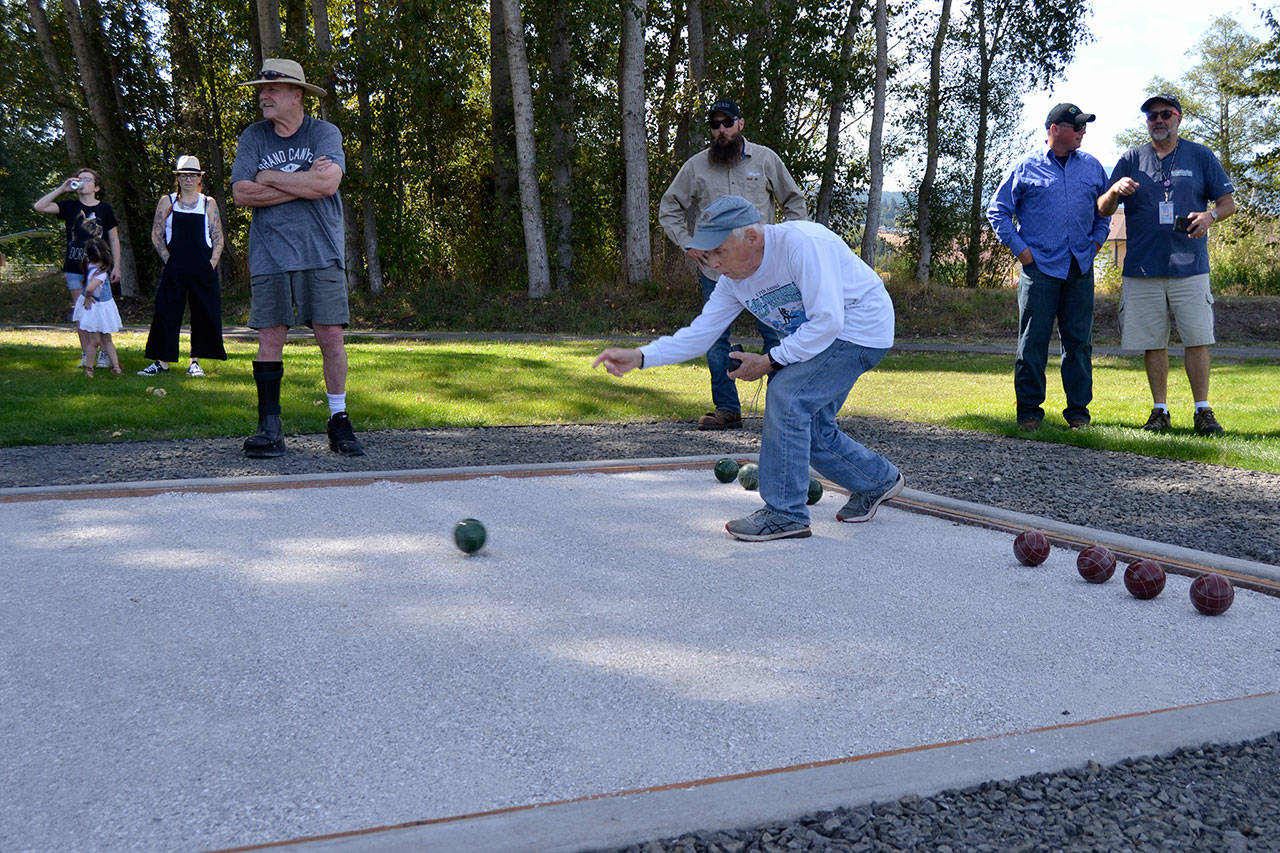

Outdoor Recreation & Activities
Who Created Bocce Ball?
Modified: October 20, 2024
Discover the history of bocce ball and the origins of this popular outdoor recreation and activity. Learn about the creators and the evolution of the game.
(Many of the links in this article redirect to a specific reviewed product. Your purchase of these products through affiliate links helps to generate commission for Storables.com, at no extra cost. Learn more)
Introduction
Welcome to the fascinating world of bocce ball! This beloved game has captured the hearts of people around the globe for centuries, offering a delightful blend of strategy, skill, and camaraderie. As we embark on a journey to explore the origins, history, and evolution of bocce ball, you'll discover the captivating story behind this timeless pastime.
Bocce ball, also known as bocci or boccie, is a traditional Italian sport that has gained widespread popularity in various countries, attracting players of all ages and backgrounds. Whether played competitively or for leisure, bocce ball embodies the spirit of friendly competition and leisurely enjoyment, making it a cherished activity for families, friends, and communities.
This article will delve into the rich history of bocce ball, tracing its roots back to ancient times and uncovering the cultural significance it holds. From its humble beginnings to its modern-day allure, bocce ball has endured the test of time, leaving an indelible mark on the world of recreational sports.
Join us as we unravel the captivating narrative of bocce ball, celebrating the enduring legacy of this beloved pastime and exploring the remarkable journey that has made it a cherished tradition for generations. Whether you're a seasoned bocce enthusiast or a newcomer eager to learn more, prepare to be enthralled by the captivating tale of bocce ball's evolution and cultural impact.
Key Takeaways:
- Bocce ball, originating in ancient Egypt and popularized by the Romans, has evolved into a cherished global pastime, uniting people through friendly competition and leisurely enjoyment.
- The enduring legacy of bocce ball lies in its ability to transcend centuries, cultures, and societal customs, creating moments of joy, camaraderie, and friendly competition for players and spectators worldwide.
Read more: What Is Bocce Ball?
The Origins of Bocce Ball
The origins of bocce ball can be traced back to ancient times, rooted in the rich tapestry of Mediterranean history and culture. The game is believed to have originated in Egypt, with historical evidence suggesting that the early Egyptians engaged in a primitive form of bocce, using polished stones as throwing objects. This early incarnation of the game laid the groundwork for the development of bocce ball as we know it today.
However, it was the ancient Romans who truly embraced and popularized bocce ball, integrating it into their leisure activities and societal customs. The game gained widespread appeal throughout the Roman Empire, becoming a favored pastime among people from all walks of life. The Romans introduced the concept of using a small ball, known as the “jack” or “pallino,” as a target for the larger throwing balls, a pivotal innovation that defined the fundamental mechanics of bocce ball.
As the Roman Empire expanded its influence across Europe, so too did the popularity of bocce ball, spreading its reach to various regions and cultures. The game underwent adaptations and refinements as it integrated into different societies, each adding its own unique flair and customs to the gameplay.
Throughout the centuries, bocce ball continued to endure, transcending geographical boundaries and evolving into a cherished tradition cherished by generations. Its enduring appeal can be attributed to the game’s accessibility, simplicity, and the universal joy it brings to players and spectators alike.
Today, bocce ball stands as a testament to the enduring legacy of ancient pastimes, preserving the spirit of camaraderie, competition, and leisure that has captivated people for millennia. As we delve deeper into the historical references to bocce ball, we’ll uncover the fascinating milestones and cultural influences that have shaped this beloved game into the iconic pastime it is today.
Historical References to Bocce Ball
The historical references to bocce ball offer a captivating glimpse into the game’s enduring legacy and its profound impact on various cultures throughout history. From ancient manuscripts to artistic depictions, the presence of bocce ball in historical records serves as a testament to its enduring popularity and cultural significance.
One of the earliest documented references to bocce ball can be found in the works of the Roman statesman and philosopher, Cicero, who lived during the first century BCE. Cicero’s writings provide valuable insights into the Roman society’s fondness for bocce ball, portraying it as a beloved pastime enjoyed by people from all walks of life. His accounts shed light on the game’s widespread appeal and its integral role in Roman leisure activities.
Furthermore, archaeological discoveries have unearthed ancient bocce ball artifacts, including intricately crafted throwing balls and pallino-like objects, offering tangible evidence of the game’s existence and cultural significance in antiquity. These findings not only validate the historical prevalence of bocce ball but also provide valuable insights into the evolution of the game’s equipment and gameplay dynamics over the centuries.
As the centuries unfolded, bocce ball continued to leave its mark on history, making appearances in artistic masterpieces and literary works that immortalized its enduring allure. Paintings from the Renaissance era often depicted scenes of bocce ball being played amidst idyllic landscapes, portraying the game as a harmonious blend of leisure and conviviality.
Moreover, the game’s prominence in literature, including poems, plays, and historical accounts, further attests to its cultural significance and enduring appeal. Writers and scholars of various epochs have celebrated bocce ball as a symbol of camaraderie, skill, and the timeless joy of friendly competition, cementing its place in the annals of cultural history.
These historical references serve as a testament to the enduring legacy of bocce ball, highlighting its profound impact on society and its enduring appeal across generations. As we explore the evolution of bocce ball, we’ll uncover the remarkable journey that has shaped this beloved pastime into a cherished tradition embraced by people worldwide.
Bocce Ball is believed to have been created by the ancient Romans, and it has been played for centuries as a popular sport in Italy.
Evolution of Bocce Ball
The evolution of bocce ball is a captivating narrative that spans centuries, encompassing cultural adaptations, technological advancements, and the enduring spirit of camaraderie that has defined the game’s legacy. From its ancient origins to its modern-day prominence, bocce ball has undergone a remarkable transformation, evolving into a beloved pastime cherished by enthusiasts worldwide.
Throughout history, bocce ball has traversed continents and cultures, adapting to diverse environments and societal customs while retaining its fundamental essence. The game’s evolution is a testament to its enduring appeal and adaptability, transcending geographical boundaries and captivating the hearts of players from all walks of life.
One of the pivotal milestones in the evolution of bocce ball was its integration into organized sports and international competitions. As the game gained widespread popularity, it garnered recognition as a sport that demanded skill, strategy, and sportsmanship. This transition from a leisurely pastime to a competitive sport elevated bocce ball’s status, fostering a global community of dedicated players and enthusiasts.
Furthermore, the modernization of bocce ball equipment and facilities has played a significant role in shaping the game’s evolution. Innovations in ball construction, playing surfaces, and tournament standards have enhanced the overall bocce ball experience, ensuring that players can engage in the game with the utmost precision and enjoyment.
Additionally, the advent of bocce ball leagues, clubs, and organizations has further propelled the game’s evolution, fostering a vibrant community of players who share a passion for this timeless pastime. These communal gatherings not only provide opportunities for friendly competition but also serve as platforms for cultural exchange and the celebration of bocce ball’s rich heritage.
Today, bocce ball continues to evolve, embracing modern trends while honoring its storied traditions. The game’s enduring allure lies in its ability to unite people, transcending language barriers and cultural differences to create moments of joy, camaraderie, and friendly competition.
As we celebrate the evolution of bocce ball, we recognize the enduring legacy of this beloved pastime and the remarkable journey that has made it a cherished tradition for generations. Join us in honoring the spirit of bocce ball and the timeless joy it brings to players and spectators alike.
Conclusion
As we conclude our exploration of bocce ball, we are reminded of the timeless allure and enduring legacy of this beloved pastime. From its ancient origins to its modern-day prominence, bocce ball has transcended centuries, leaving an indelible mark on the world of recreational sports and leisurely enjoyment.
The captivating journey of bocce ball, rooted in the annals of Mediterranean history and culture, has evolved into a cherished tradition embraced by people from diverse backgrounds. Its enduring appeal lies in its ability to foster camaraderie, strategic thinking, and friendly competition, creating moments of joy and connection for players and spectators alike.
Throughout history, bocce ball has served as a cultural bridge, uniting people across continents and generations. Its adaptability and universal appeal have allowed it to thrive in various societies, each adding its own unique customs and flair to the game while preserving its fundamental spirit.
As we reflect on the historical references to bocce ball, we are reminded of the game’s profound impact on art, literature, and societal customs, immortalizing its enduring influence on human leisure and recreation. The evolution of bocce ball, marked by cultural adaptations, technological advancements, and the rise of organized competitions, has propelled the game into the modern era while honoring its storied traditions.
Today, bocce ball stands as a testament to the enduring legacy of ancient pastimes, preserving the spirit of camaraderie, competition, and leisure that has captivated people for millennia. Whether played competitively or for leisure, bocce ball continues to captivate the hearts of players and enthusiasts worldwide, offering a delightful blend of skill, strategy, and conviviality.
As we celebrate the evolution of bocce ball, we honor the remarkable journey that has made it a cherished tradition for generations. The game’s enduring allure lies in its ability to unite people, transcending language barriers and cultural differences to create moments of joy, camaraderie, and friendly competition.
Join us in celebrating the enduring legacy of bocce ball and the remarkable journey that has shaped this beloved pastime into a cherished tradition embraced by people worldwide.
Frequently Asked Questions about Who Created Bocce Ball?
Was this page helpful?
At Storables.com, we guarantee accurate and reliable information. Our content, validated by Expert Board Contributors, is crafted following stringent Editorial Policies. We're committed to providing you with well-researched, expert-backed insights for all your informational needs.
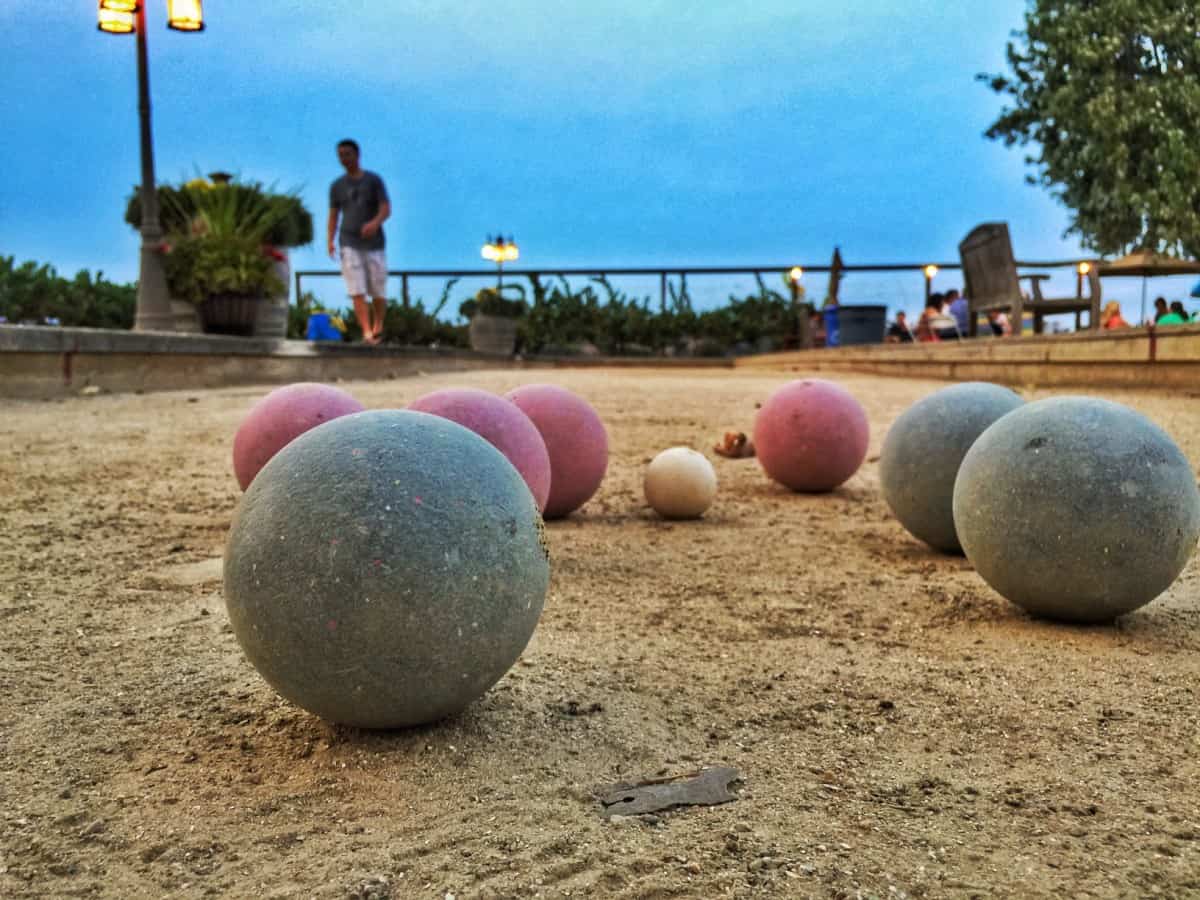
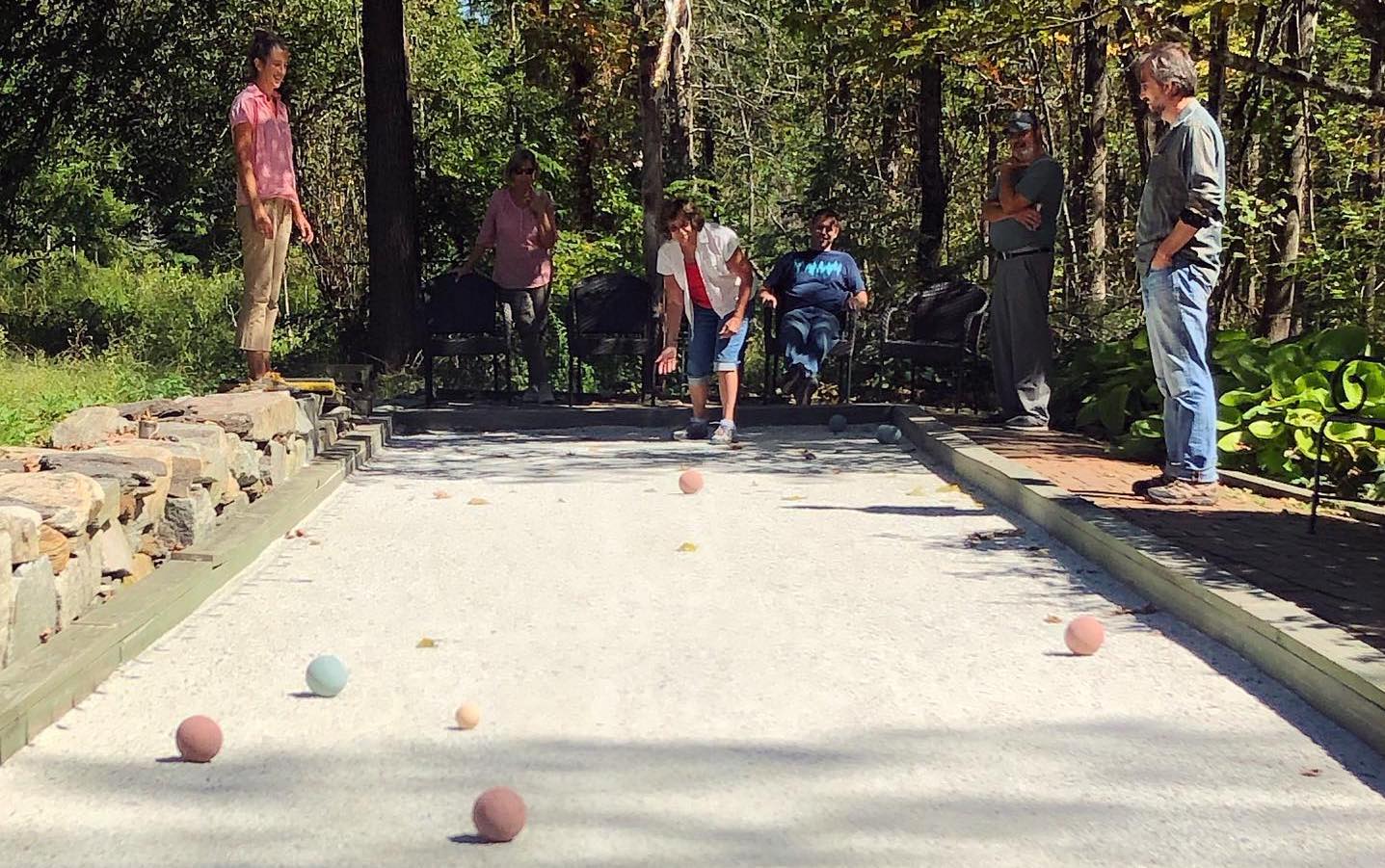
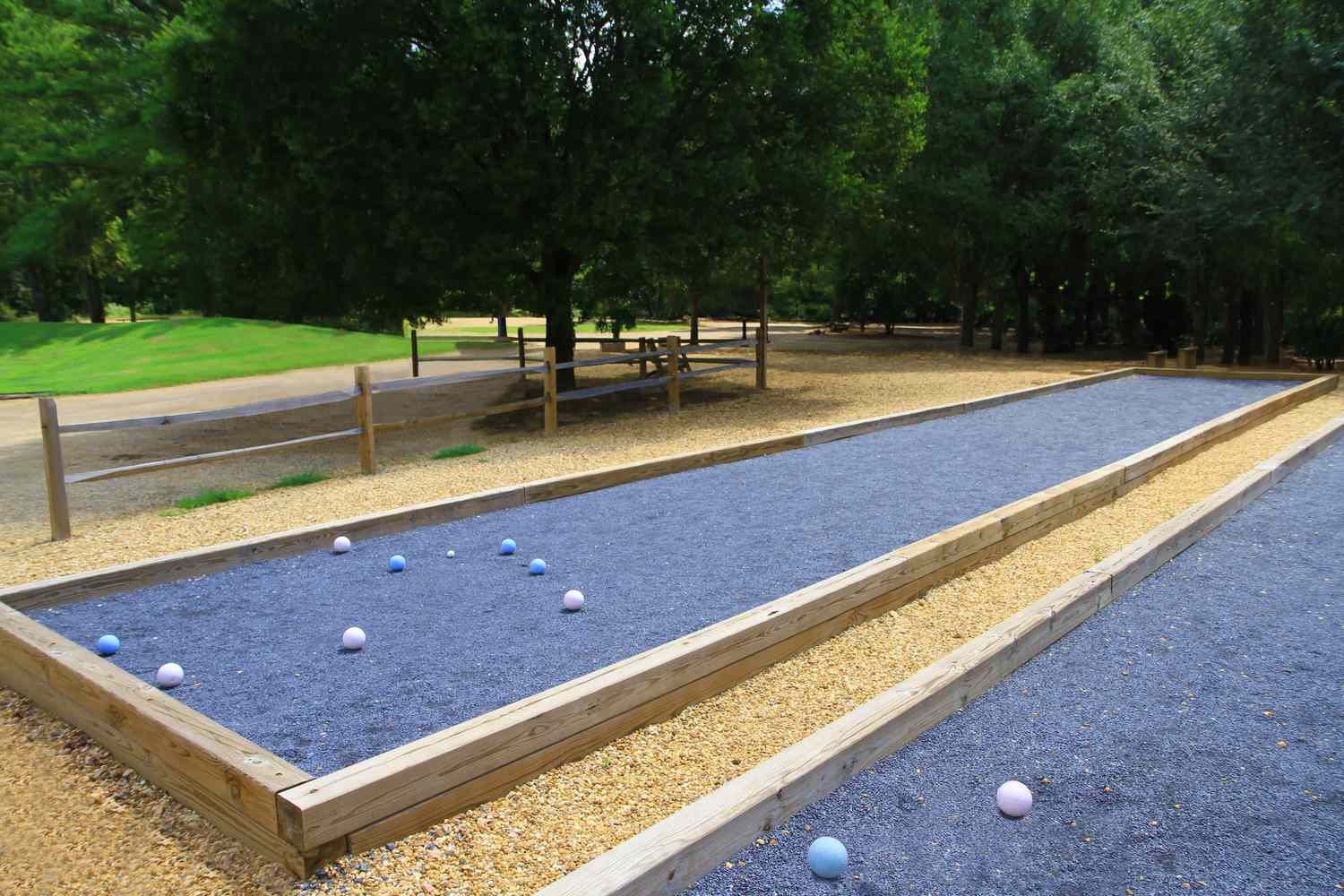

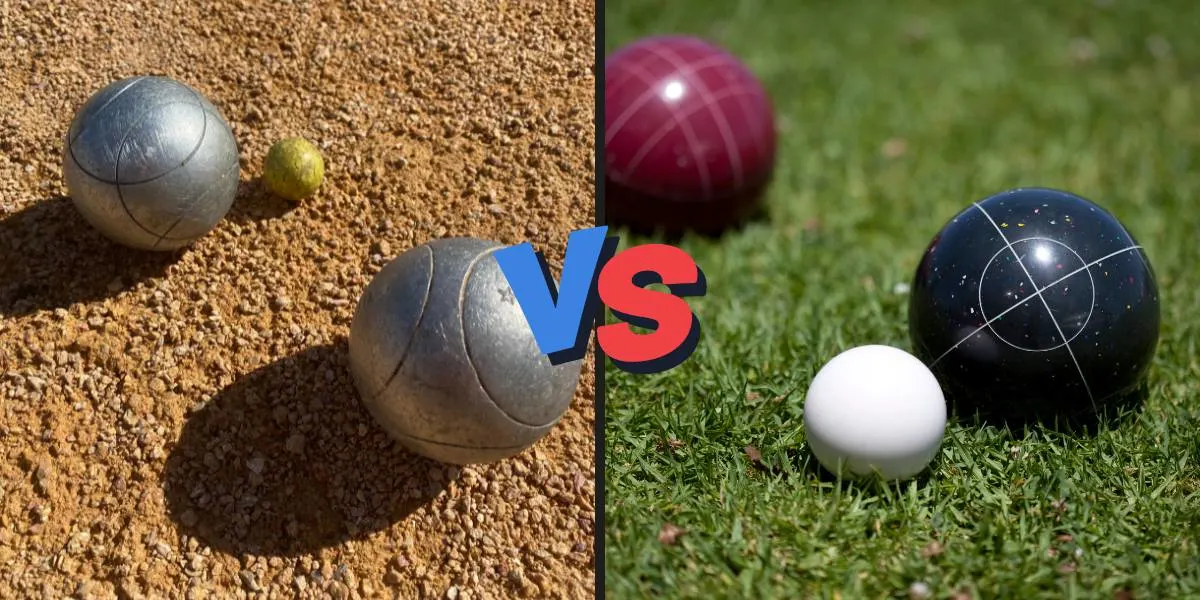

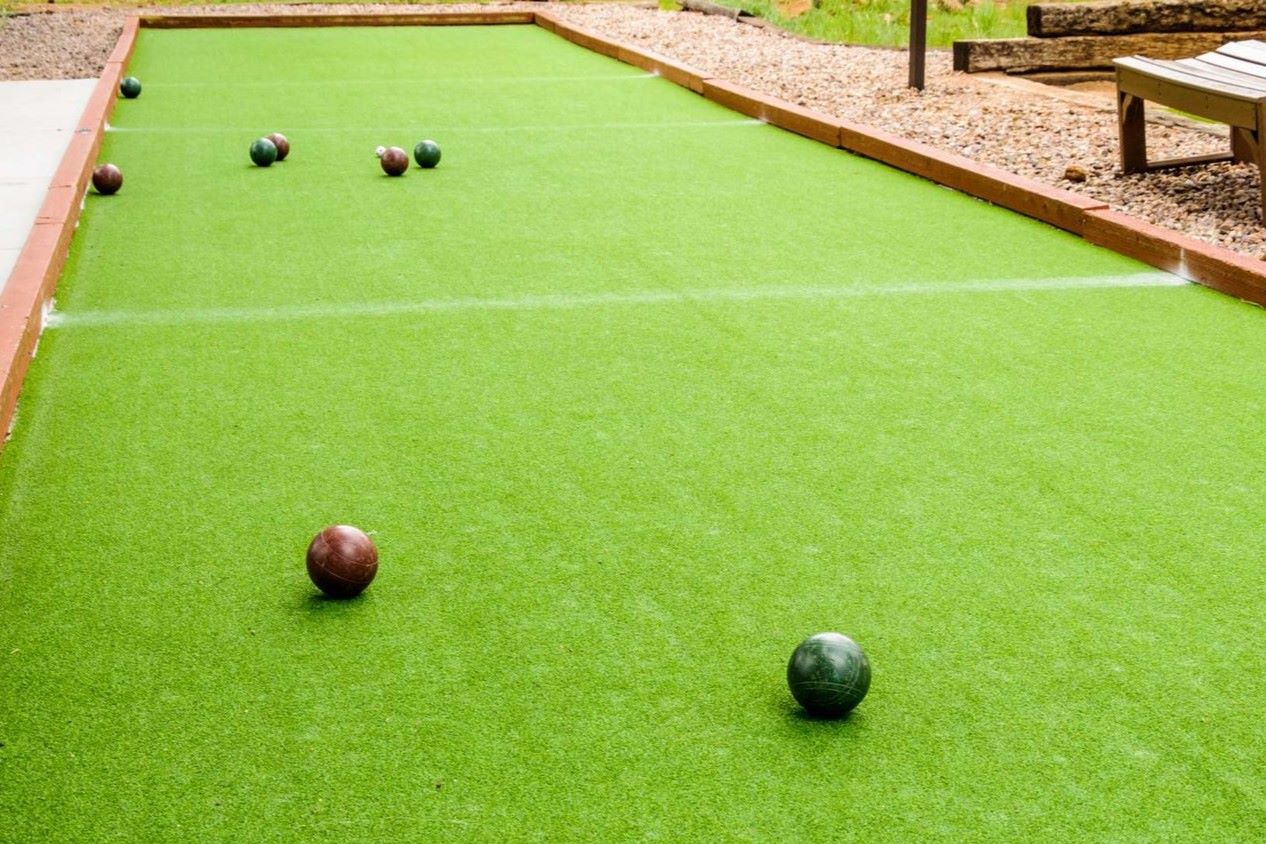
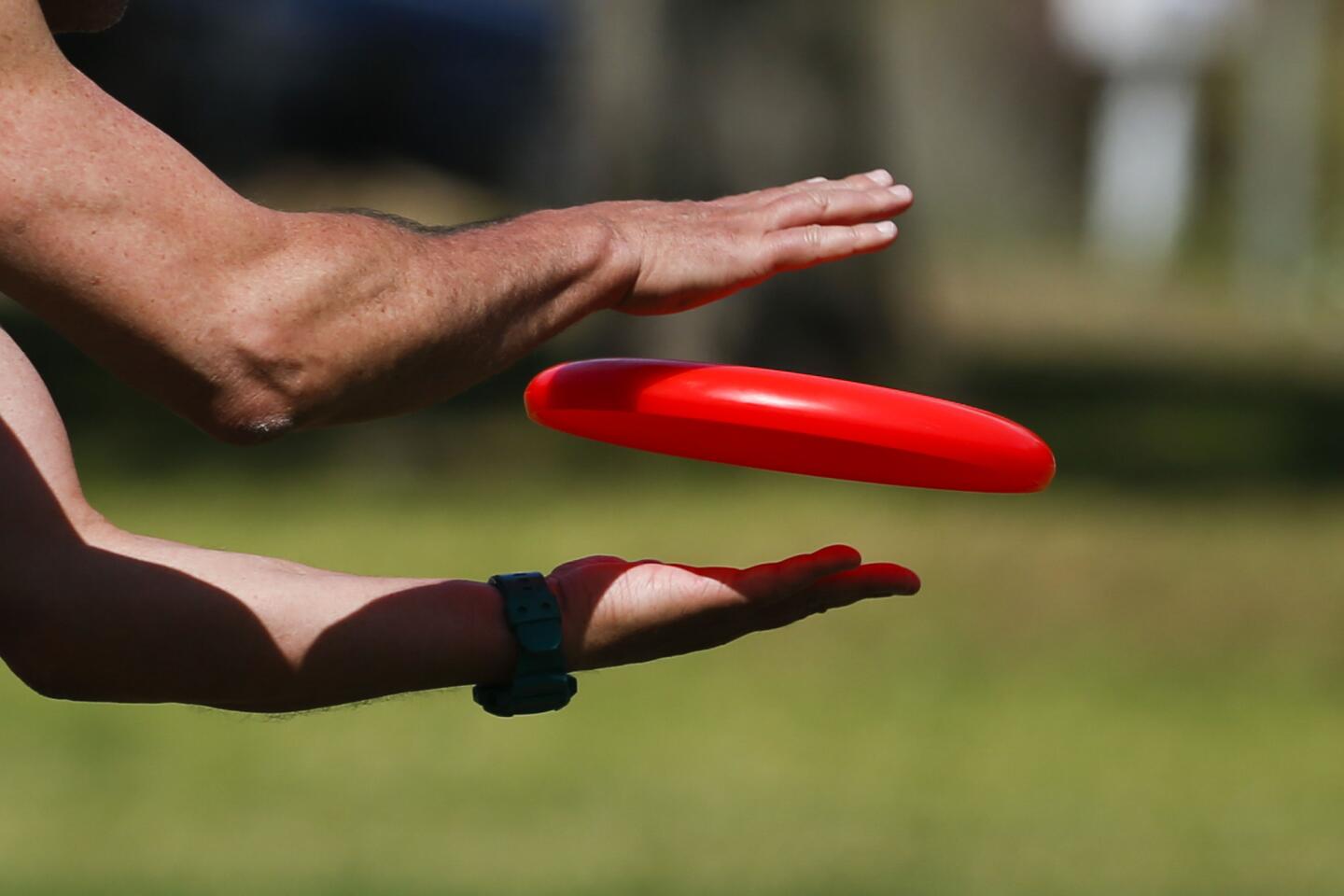








0 thoughts on “Who Created Bocce Ball?”